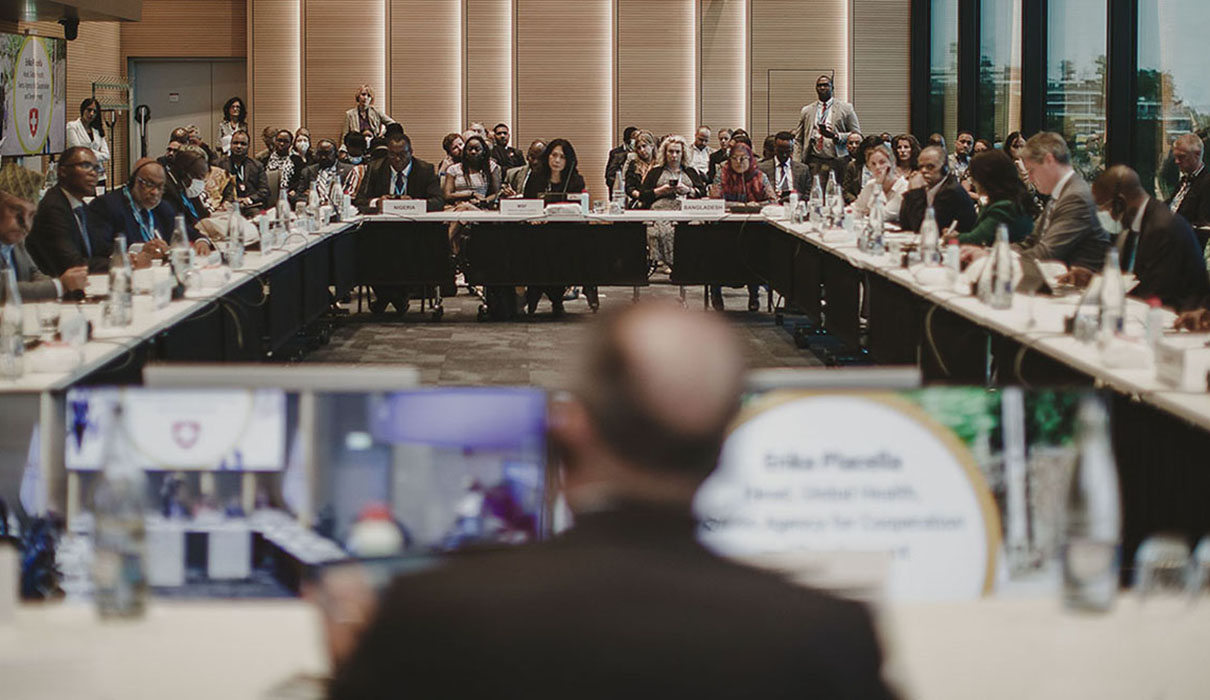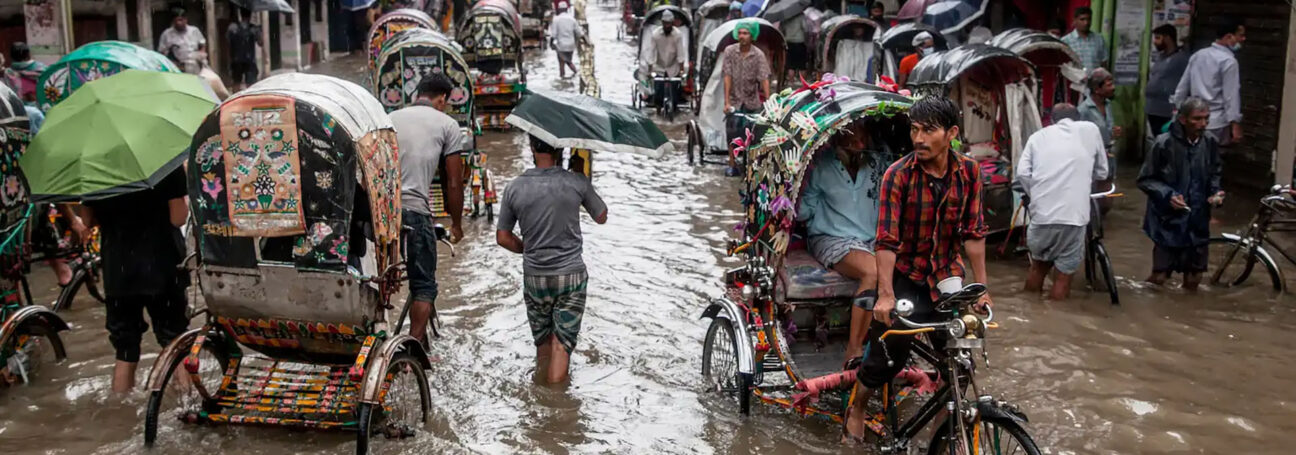Advocating for a cholera-free world
In response to a formal recommendation from the 2021 GTFCC Annual Meeting, the Advocacy Task Team (ATT) was established to drive the critical agenda of advocating for greater investment in cholera control at global, regional, and national levels. Through targeted engagement, the ATT works to raise awareness of cholera as a pressing public health – one that can be effectively addressed with simple measures, steadfast political commitment, and adequate resources.
The ATT seeks to influence policy and encourage sustainable prevention and control frameworks that protect vulnerable communities and accelerate progress toward cholera elimination.
Join the Advocacy Task Team (ATT)
If you are interested in joining the ATT and helping to advance our mission, please submit your expression of interest by emailing gtfccsecretariat@who.int

Cholera control and prevention requires multisectoral efforts and stakeholders’ alignment. Its elimination ultimately requires investments in Health, but also water, sanitation, and hygiene (WASH). The GTFCC advocates for:
Effective cholera control starts with strategic, country-led planning. Through technical advocacy, we encourage the development of key national strategies:
Oral cholera vaccines are critical during response interventions and as preventive measures ahead of outbreaks. To secure a reliable supply, the GTFCC engages countries:
The success of the GTFCC and National Cholera Plans requires reliable political, human, technical and financial support. Our advocacy aims to:

Key advocacy events
On the fifth anniversary of the "Ending Cholera by 2030" roadmap, stakeholders reaffirmed their commitment through a series of global activities and a co-signed Steering Committee Statement.
The GTFCC, through its Secretariat and partners, participated in and led several pivotal advocacy events: